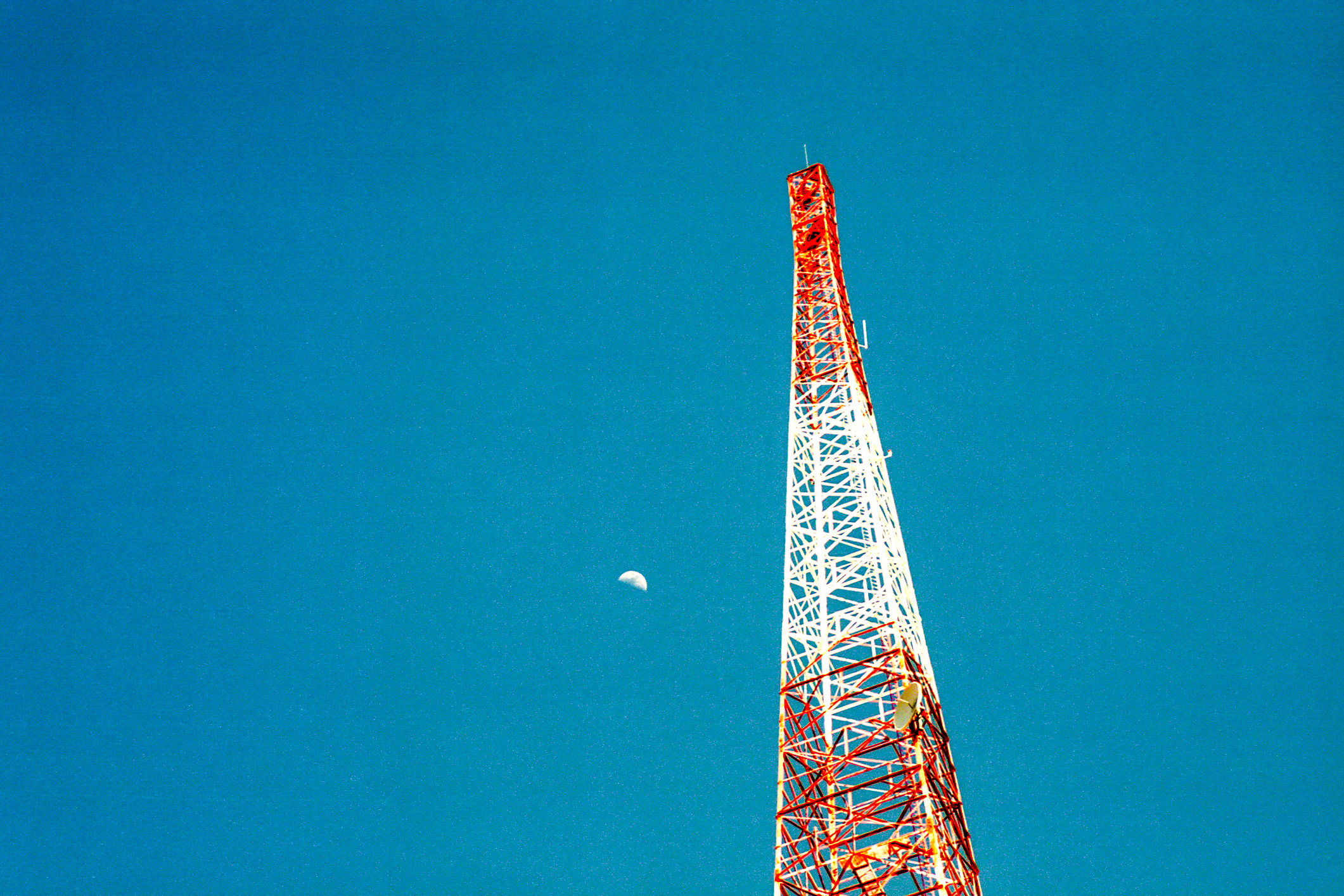Tag: FCC
Pubcasters maintain opposition to looser third-party fundraising rules as FCC leadership changes
A long-pending proposal would allow noncommercial stations to devote up to 1 percent of their annual air time to raising funds for ...White House cancels Obama nominations for CPB Board, FCC
The White House has not contacted CPB about any new nominations.As spectrum auction winds down, some public TV stations must plan moves to new channels
State networks in Maryland and Mississippi are among those facing big engineering projects.FCC takes another step toward adopting new ATSC standard
The FCC wants comments on suggested rules that will let broadcasters begin sending ATSC 3.0 transmissions.TV broadcasters get another shot at leveraging channels into cash
As the spectrum auction winds down, the FCC plans to open another opportunity for stations to negotiate channel-sharing deals.To truly serve the public, community stations must apply standards for what’s said on-air
As broadcasters, staff and volunteers have to be intentional about presenting diverse voices without creating discord that undermines civil discussion.GOP commissioners signal intent to review reporting requirements for public broadcasters
Under a Republican-controlled FCC, public broadcasters will get a new hearing for their objections to disclosures required of station board members.How the spectrum auction could save journalism
The use of public airwaves has always come with public obligations. But nobody seems to be asking what the people are getting ...FCC commissioner calls for Dish to carry Virgin Islands PBS station
Must-carry regulations do not apply because the Virgin Islands is not a Nielsen Designated Market Area.Pubcasters ask FCC for more time to handle post-auction repacking
Stations will face a 39-month deadline to complete the technically complex work, which could pose challenges for government licensees that must go ...TV spectrum auction enters next stage with new bidding, lower prices
With an oversupply of astronomically priced spectrum offered in the auction’s first stage, Public Media Company analysts predict what’s ahead.What stations need to know about fundraising partnerships
Public media organizations entering into fundraising partnerships with other nonprofits risk steep fines if they fail to comply with FCC rules.Pubmedia groups and stations insist FCC disclosure rules are ‘ill-founded’
The organizations oppose changes to disclosure requirements for station leaders and board members.Pubcasters press for relief on FCC rule requiring board data
Stations fear the new rule could discourage board participation.Pubcasters fear FCC ruling could deter board members from serving
“This is the nightmare we have been fighting against for years.”









